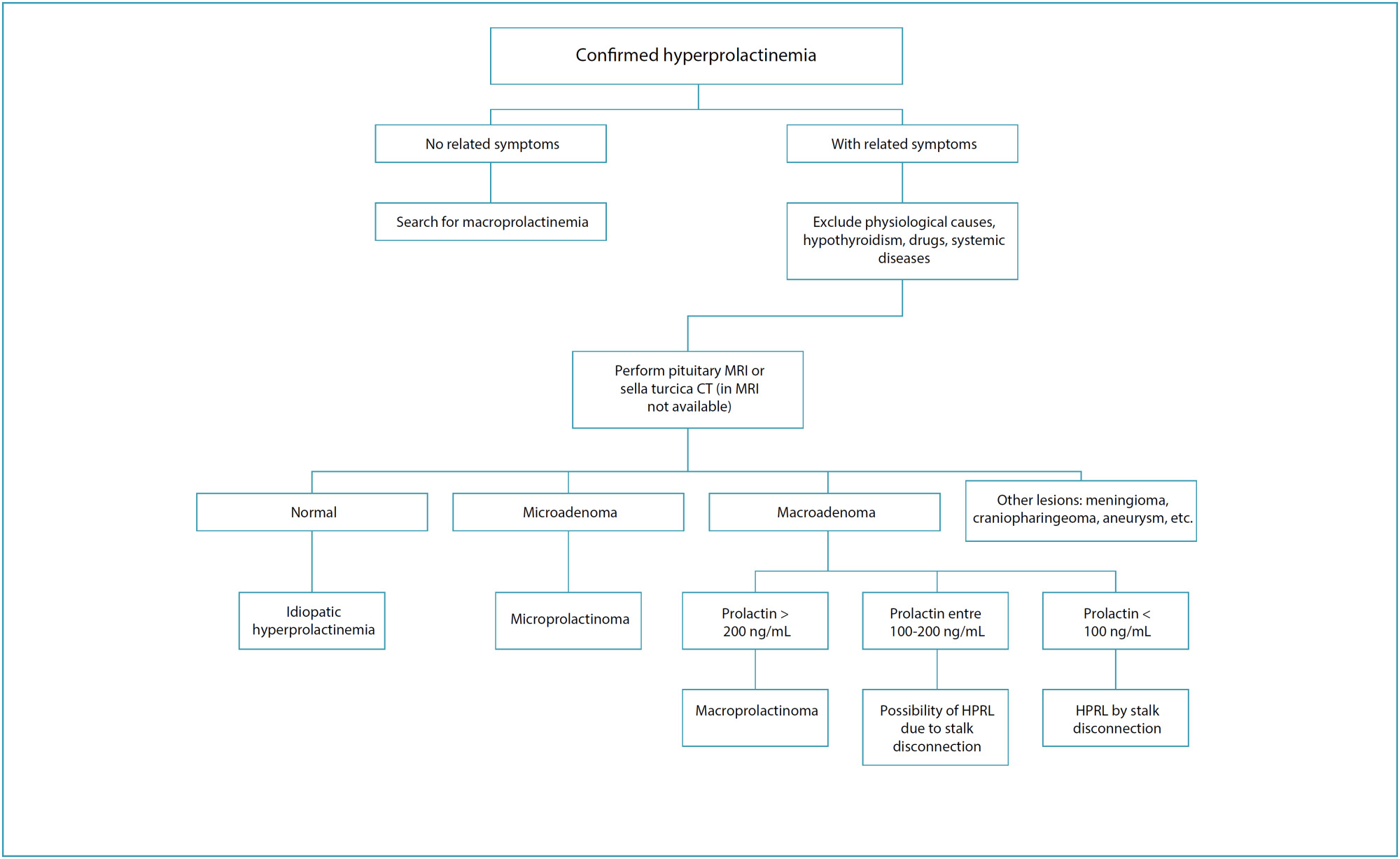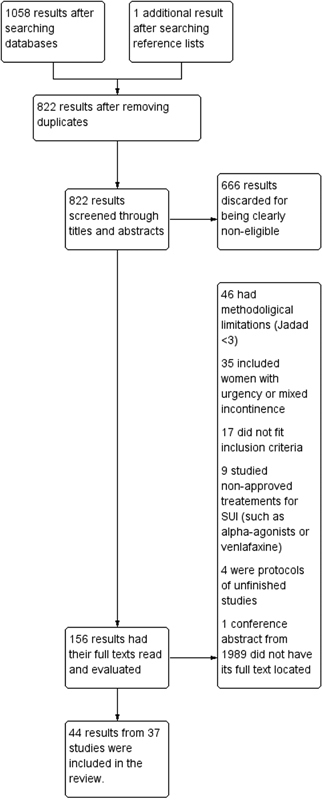-
10-03-2000
Estudo de Fatores Relacionados com a Violência Sexual contra Crianças, Adolescentes e Mulheres Adultas
Revista Brasileira de Ginecologia e Obstetrícia. 2000;22(7):459-459
Abstract
Estudo de Fatores Relacionados com a Violência Sexual contra Crianças, Adolescentes e Mulheres Adultas
Revista Brasileira de Ginecologia e Obstetrícia. 2000;22(7):459-459
DOI 10.1590/S0100-72032000000700011
Views52Estudo de Fatores Relacionados com a Violência Sexual contra Crianças, Adolescentes e Mulheres Adultas […]See more -
10-03-2000
Avaliação do Tratamento Não-Medicamentoso (Orientação Verbal) das Mastalgias Cíclicas
Revista Brasileira de Ginecologia e Obstetrícia. 2000;22(7):459-459
Abstract
Avaliação do Tratamento Não-Medicamentoso (Orientação Verbal) das Mastalgias Cíclicas
Revista Brasileira de Ginecologia e Obstetrícia. 2000;22(7):459-459
DOI 10.1590/S0100-72032000000700010
Views54Avaliação do Tratamento Não-Medicamentoso (Orientação Verbal) das Mastalgias Cíclicas[…]See more -
Case Report10-03-2000
Angiosarcoma of the Breast: Case Report
Revista Brasileira de Ginecologia e Obstetrícia. 2000;22(7):455-458
Abstract
Case ReportAngiosarcoma of the Breast: Case Report
Revista Brasileira de Ginecologia e Obstetrícia. 2000;22(7):455-458
DOI 10.1590/S0100-72032000000700009
Views111Primary angiosarcoma of the breast is a rare tumor, which appears between 14 and 82 years, with an average of 35 years of age. Its predominant clinical aspect is a painful mass with diffuse increase in the breast and violet or blackened color. Equally to other cases of sarcoma, the medium size of the lesion is approximately 5 cm at the diagnosis. Histologically, it is characterized by the proliferation of endothelial cells that form vascular channels linked to each other infiltrating glandular structures and fatty tissue. Its histological diagnosis is difficult and not always the right diagnosis is immediately established, mainly in the cases of a low malignancy degree, due to limited biopsy material. Because of the difficult diagnosis and aggressivity, it is a neoplasia with ominous prognosis, due to frequent metastasis. In our service, a 18-year-old patient presented with a painful lump which grew quickly. It was biopsied and a hemangioma was diagnosed, a wide excision being indicated. Three months later, she suffered a tumoral relapse, that was biopsied again and mastectomy was indicated, because it was an angiosarcoma with low degree of malignancy. After other relapses, chemotherapy was indicated and later, radiotherapy. During radiotherapy she developed new metastases, and died of pulmonary metastasis.
Key-words Breast neoplasmsSarcomaSee more -
Original Article10-03-2000
Factors Related to Obesity and Android Pattern of Body Fat Distribution in Climacteric Women
Revista Brasileira de Ginecologia e Obstetrícia. 2000;22(7):435-441
Abstract
Original ArticleFactors Related to Obesity and Android Pattern of Body Fat Distribution in Climacteric Women
Revista Brasileira de Ginecologia e Obstetrícia. 2000;22(7):435-441
DOI 10.1590/S0100-72032000000700006
Views118See morePurpose: to describe sociodemographic characteristics of a group of climacteric women in order to discover the frequency and the variables associated with obesity and android profile of body fat distribution. Methods: an observational study was carried out in 518 patients aged 45 to 65 years, in a climacterium outpatient clinic. Age, color, menopausal status, duration of menopause, physical activity, smoking status, diet, alcohol intake, personal and family antecedents of arterial hypertension, diabetes mellitus, cardiovascular disease, dyslipidemia and obesity were considered. Body mass index and the waist/hip ratio were the dependent variables. For the statistical analysis Wilcoxon test, Pearson’s correlation coefficient, with a 5% level of significance, and multivariate analysis using regression model were used. Results: more than two thirds of the participants were nonobese with an android profile and postmenopausal. One fourth had physical activity and were smokers; half reported an inadequate diet and one fifth were alcoholics. Patients with an android profile presented higher mean age than women with gynecoid pattern. Personal antecedents of obesity, arterial hypertension, diabetes and family history of diabetes were related to obesity and android pattern. Postmenopausal status was significantly associated with the android profile. Conclusions: the majority of the participants were nonobese with an android profile, white, postmenopausal, sedentary, neither smokers nor alcoholics. The main factors related to obesity and android pattern were personal antecedents of obesity, arterial hypertension, diabetes, family history of diabetes and particularly, postmenopausal status with android profile.
-
Original Article10-03-2000
Gastroschisis: Prenatal Evaluation of Prognostic Factors for Postnatal Outcome
Revista Brasileira de Ginecologia e Obstetrícia. 2000;22(7):421-428
Abstract
Original ArticleGastroschisis: Prenatal Evaluation of Prognostic Factors for Postnatal Outcome
Revista Brasileira de Ginecologia e Obstetrícia. 2000;22(7):421-428
DOI 10.1590/S0100-72032000000700004
Views84See morePurpose: to evaluate 24 cases of gastroschisis, in relation to the prognostic factors that interfered with postnatal outcome. Patients and Method: twenty-four pregnancies with fetal prenatal ultrasound diagnosis of gastroschisis, during an 8-year period, were analyzed. Gastroschisis was classified into isolated, when there were no other structural abnormalities, or associated, when other abnormalities were present. For both groups the following parameters were examined: ultrasound bowel dilatation (>18 mm), obstetric complications and postnatal outcome. Nonparametric Mann-Whitney and exact Fisher’s tests were used for statistical analyses. Results: in 9 cases (37.5%) gastroschisis was associated with other abnormalities, and in 15 cases it was isolated (62.5%). All cases of associated gastroschisis had a letal prognosis, therefore the overall mortality rate was 60.8%. In the group of isolated gastroschisis, all were born alive and were submitted to surgery, but the survival rate after surgical correction was 60%. The median gestational age at birth was 35 weeks and birth weight 2,365 grams. Premature delivery was observed in 10 cases, mainly as a consequence of obstetric complication. Two newborns were small for gestational age, and only 3 had birth weight >2,500 grams. Oligohydramnios was found in 46.6% and it was more frequent in the group of postnatal death (66.7%). Ultrasound assessment of bowel showed bowel dilatation in 86.6%, however, without relation to the prognosis and postnatal bowel findings. There was no significant difference between gestational age at birth and birth weight comparing the survivor and postnatal death groups. Conclusions: isolated gastroschisis had a better prognosis when compared to associated, therefore this prenatal differentiation is important. Isolated gastroschisis was often associated with prematurity, small birth weight and obstetric complications. Prenatal diagnosis allows better monitoring of fetal and obstetric conditions. Delivery should be at term, unless presenting with obstetric complications.
-
10-03-2000
MAIS UMA META ATINGIDA
Revista Brasileira de Ginecologia e Obstetrícia. 2000;22(7):399-399
-
07-23-2000
Isoformas de Prolactina no Fluido Folicular de Pacientes Submetidas a FIV
Revista Brasileira de Ginecologia e Obstetrícia. 2000;22(10):658-658
Search
Search in:
Tag Cloud
Pregnancy (252)Breast neoplasms (104)Pregnancy complications (104)Risk factors (103)Menopause (88)Ultrasonography (83)Cesarean section (78)Prenatal care (71)Endometriosis (70)Obesity (61)Infertility (57)Quality of life (55)prenatal diagnosis (51)Women's health (48)Postpartum period (46)Maternal mortality (45)Pregnant women (45)Breast (44)Prevalence (43)Uterine cervical neoplasms (43)







